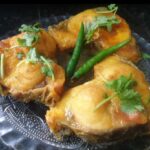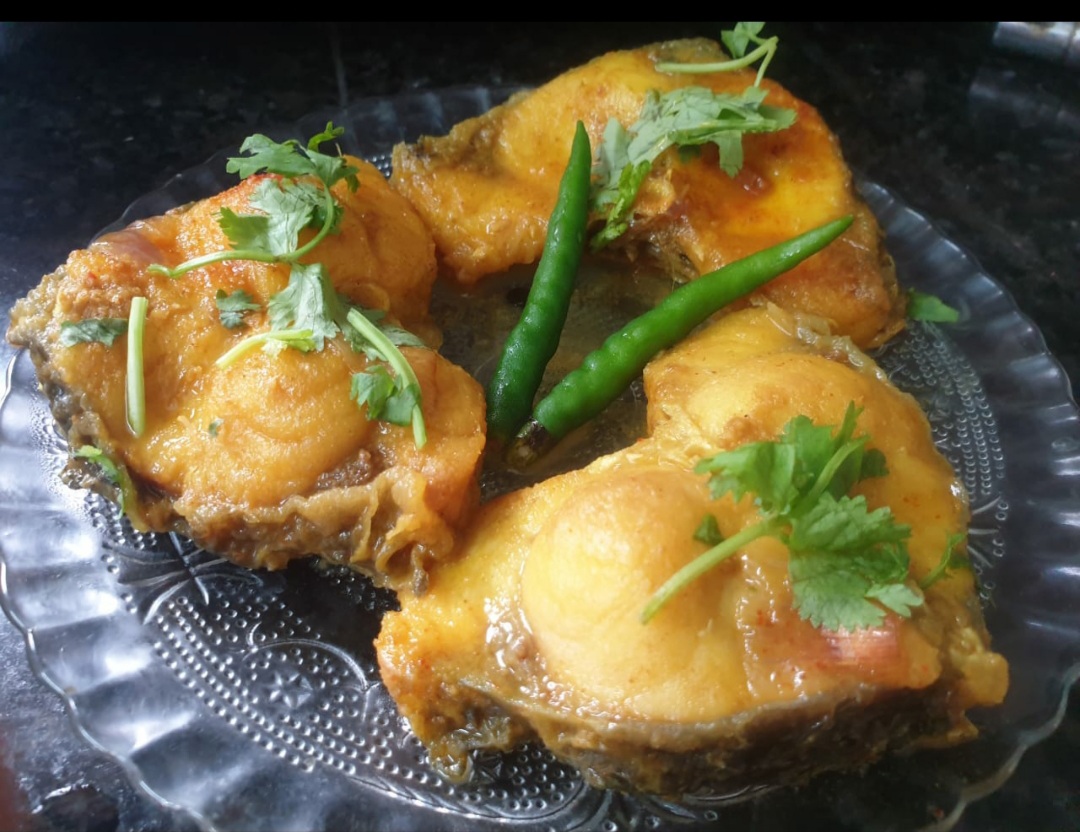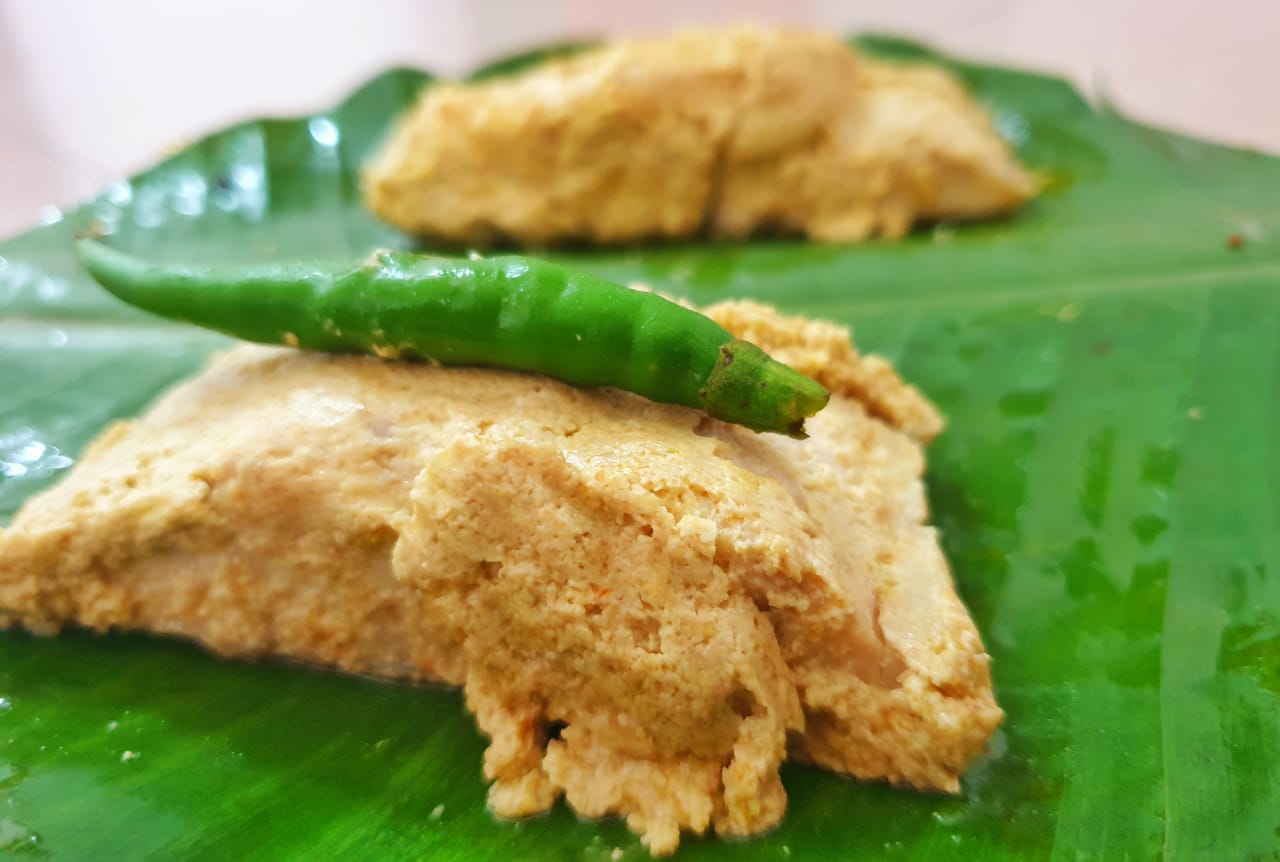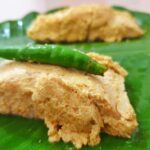Quite often, in the rush of fretting over whether to choose raw salads over green juices, or deciding whether fish is a better protein choice than lean poultry, we end up missing out on the importance of the basics—the cooking oil for example. But the oil that you choose to sauté your vegetables in, or drizzle over your salad, might as well be considered the fundamental of healthy cooking. For most, awareness about cooking oils is limited to using refined vegetable oils in place of butter or ghee (clarified butter). There’s a lot more to know than the occasional usage of olive oil in your food.
The term, “Fatty Acids” are components that oils or fats are made up of. The three main types of fatty acids are Saturated Fatty Acids (SUFA), Mono-unsaturated Fatty Acids (MUFA) and Polyunsaturated Fatty Acids (PUFA). The chemical bonds of each of these types affect both the process of cooking as well as your health. All fats contain all of these types but are usually known by the name of the fatty acid type that is the predominant component in it. For example, butter is predominantly made up of saturated fatty acids and so is called a saturated fat.
Other examples of Saturated fats are Margarine, ghee, coconut oil, palm oil, vanaspati (vegetable shortening) and lards. They are solid at room temperature and have a very high smoking point and hence ideal for high heat cooking. However, high consumption of saturated fats can elevate cholesterol levels thereby increasing risks of heart diseases.
Monounsaturated fats are olive oil, peanut oil, safflower oil and corn oil. They are liquid at room temperature but turn semi-solid in the refrigerator. They are definitely a healthier choice over saturated fatty acids in terms of keeping cholesterol levels in control.
Oils like canola, sunflower and walnut are Polyunsaturated fats and they are always in a liquid state, even inside the refrigerator. They are also heart-friendly fats and keep cholesterol levels in check. However, they have an extra edge over others. Omega 3 and omega 6 fatty acids are types of PUFAs that are particularly good for health, and omega 3 improves heart health as well.
According to the American Heart Association (AHA), the average intake of fat should be 30% of your total caloric intake and there should be a balance of approximately 30% saturated fat, 33% poly-unsaturated fat, (containing essential fatty acids) and 37% mono-unsaturated fat.
Smoking Points and why it is important.
Although a red signal for cholesterol levels, there is a reason why saturated fats are sometimes preferred. They have very high smoking points, which means that they are highly resistant to heat and therefore do not oxidize in high heat. When fats oxidize, they react with oxygen and form free radicals and compounds that are harmful for the body. However, it is advisable to use natural saturated fats like ghee, butter, coconut or palm oils instead of hydrogenated fats.
Here are the synopses of the nutrient content of some of the most commonly used oils:
Olive oil: A definite health fad in present times, it is a monounsaturated fat that has a rich flavor and is also palatable uncooked on salads, breads and steamed vegetables. Extra-virgin olive oil is also high in heart-friendly antioxidants called polyphenols.
Canola oil: A monounsaturated fat, it is preferred mainly for its neutral flavor and is often mixed with other nutrient-rich oils like olive oil to get the benefits of the latter yet maintaining a less strong taste. It also has a high smoking point and hence is ideal for baking and frying.
Sesame oil: Used mainly in Asian cooking, it is high in both monounsaturated and polyunsaturated fatty acids. It has a distinct nutty flavor that works well for both salad dressings and for cooking.
Mustard oil: It is considered the healthiest oil for the heart and research has found that chances of heart diseases have gone down by 70% with its usage. It has even been touted as healthier than olive oil, and has the lowest amount of saturated fats, no trans-fat, high mono-unsaturated fats, high polyunsaturated fatty acids such as omega3 and omega 6, antioxidants and vitamin E and the Alpha linolenic acid that decreases the risk of a heart attack.
Rice Bran oil: Extracted from the germ and inner husk of rice, it might be the best balance of all essential factors required in a healthy cooking oil. It comes the closest to the ideal balance ratio of SUFA, MUFA and PUFA at 24:42:32 and has a high smoking point. It is a source of many vitamins, minerals, amino acids, essential fatty acids and antioxidant nutrients like oryzanol, tocotrienols phytosterols, that collectively work against cancer and infection-causing germs and free radicals and improve the immunity system.
Nutrient benefits of edible oils at a glance
| OIL TYPE |
SMOKE POINT (in F) |
MONO-UNSATURATED FAT |
POLY-UNSATURATED FAT |
SATURATED FAT |
| Rice Bran |
490º |
47% |
33% |
20% |
| Olive |
360º |
77% |
9% |
14% |
| Canola |
450º |
61% |
33% |
7% |
| Peanut |
460º |
48% |
34% |
18% |
| Soybean |
440º |
24% |
61% |
15% |
| Grape seed |
485º |
14% |
77% |
9% |
| Mustard |
489º |
70% |
22% |
8% |
| Soyabean |
495º |
27% |
58% |
15% |
| Palm Oil |
450º |
44% |
11% |
45% |

 Prep Time: 15 minutes
Prep Time: 15 minutes Cook Time: 20 minutes
Cook Time: 20 minutes Total Time: 35 minutes
Total Time: 35 minutes Yield: 35 minutes 1x
Yield: 35 minutes 1x





